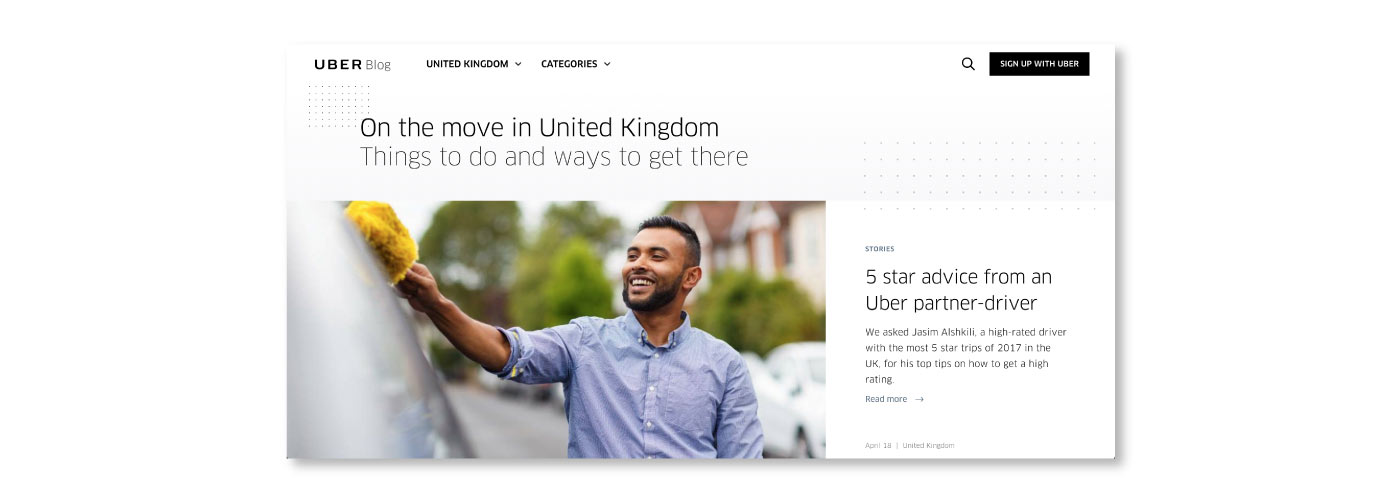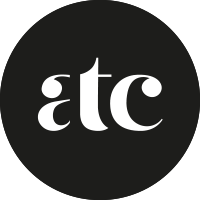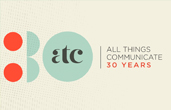We considered the ideal recipe for a digital product that both satisfies users and boosts business.
UX strategy is a profitable plan of action for two kinds of people
In Levy’s vision, UX strategy is what bridges the gap between business strategy and the UX design of digital interfaces.
A UX strategist basically does two things:
- Ascertain that the UX of a product is aligned with business objectives;
- Validate that a digital solution actually solves a problem for real customers in a dynamic marketplace
What does this mean in practice? When designing a digital product - be it a website, a promotional landing page, an app or a tool for e-learning we have to make sure that all its components are aligned to business objectives. The creative process should thus help produce a digital artefact that is aimed at nurturing and enhancing brand value, leveraging its intrinsic, innovative qualities.
This helps generate multiple benefits: for the brand, increased stickiness on the page, greater awareness and better transactions, which eventually translate into enhanced cash flow and an improved bottom line. On the other hand, users come away from the digital experience feeling they’ve done what they wanted to, plus they main gain a new appreciation of something they might never otherwise have achieved, noticed or learnt.

How to apply a UX strategy approach for state-of-the-art interfaces
J. Levy's framework for UX strategy comprises four fundamental tenets: 1. The business Strategy, 2. Value Innovation, 3. Validated User research and 4. Killer UX Design.
The business strategy: what does our digital product stand for
The first thing we should ask ourselves when designing a digital product is: What is the goal of our company, or of the company we are designing for? What user need is the product supposed to be solving? Are there any competitors already doing that? What is our aim in building the product?
These questions pertain to the first tenet of the UX strategy Framework, the Business Strategy. Essential to this phase of the project are an evaluation of the current competitive landscape (through sound competitor research and analysis) and confirmation of the value proposition, which means identifying the primary customer segment and understanding what is the main problem you are determined to solve.
2. Achieving differentiation through value innovation.
In a digital ecosystem awash with free or almost-free services, companies can’t hope to compete on a cost leadership basis; rather, they need to pursue a strategy of differentiation. The second tenet of J. Levy’s UX Strategy framework is value innovation: pursuing solutions that are unique, useful for customers and which solve a problem, possibly by venturing into market blue oceans where other competitors are yet to venture.
Very often - and particularly in digital - value innovation implies a complete overhaul of our mental models. Mental models are the frameworks we use to think about the world, or the ideas of how complex systems are organised and function.
“Mental models are the steps we think we need to take to accomplish a task. Innovation can happen when we are able to rethink an offline experience with a digital interface.” J.Levy.
Uber, for example, has drawn on the offline experience of hitchhiking to conceive a digital platform based on an innovative business model. The reason why Uber has been such a disruptor in the market lies primarily in its ability to take a form of human activity which was already familiar to users and give it a digital interface.

3. Get to know your user VERY well
So far so good, but how can we know if our business strategy is correct and how many customers we are going to garner through our digital products?
Unless we carry out solid user research to validate our starting assumptions we can only rely on guesswork. However, user research often requires time, money and resources. With projects on a tight budget, other methods can prove handy, such as building personas, or outlining storyboards.
4. Don't make me think!
Of course, great design and UX has to be the hallmark of the whole process. Stellar UX Design is the fourth tenet of the UX Strategy Framework and the one most concerned with creativity, design and the ease and relevance of the user's experience with our interface. It basically means creating frictionless experiences for users on the digital product in order to elicit their actions.
“It doesn’t matter how many times I have to click, as long as each click is a mindless, unambiguous choice.”. S. Krug, Don’t make me think

Wrapping it all up
Although some may find implementing a UX strategy challenging at first, it is a crucial move to build interfaces that are genuinely useful and engaging for users and rewarding for your business purposes. When combined with clear, sound business objectives, UX can go a long way in terms of designing digital products that are able to perform.
References
- How UX strategy can transform the world. J.Levy @LondonGenerate Conference 2017
- S.Krug, Don't make me think
- J.Levy, UX strategy







